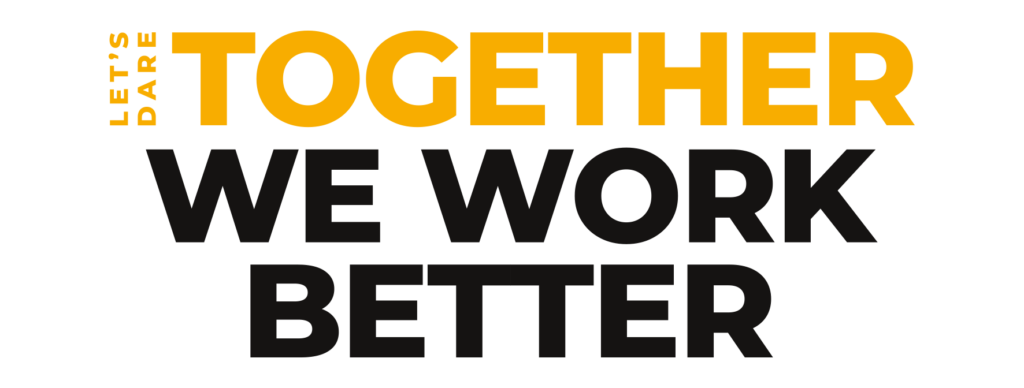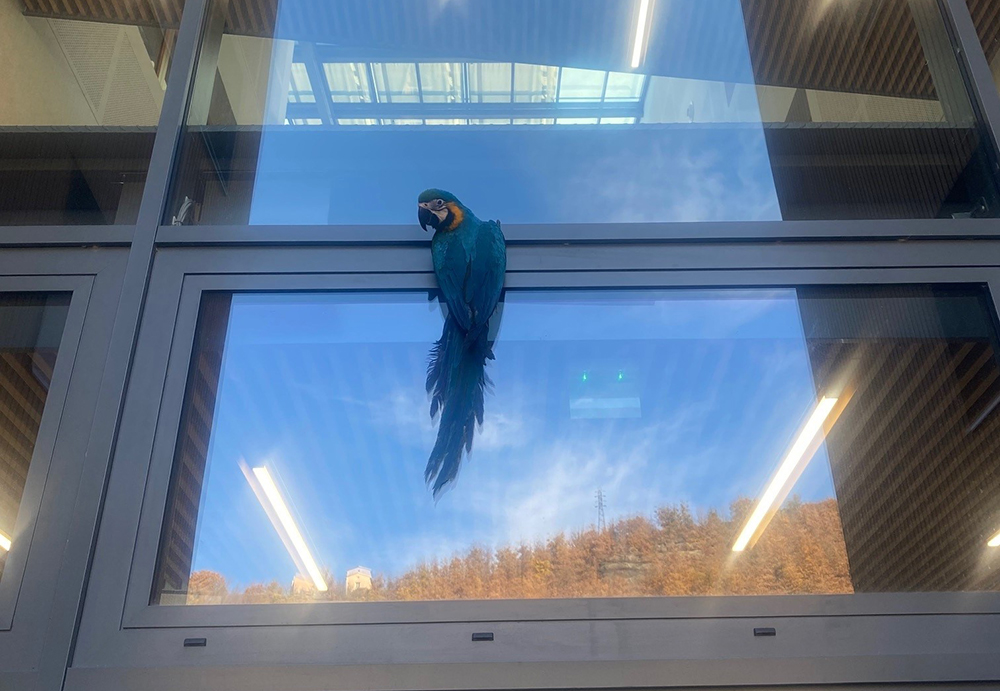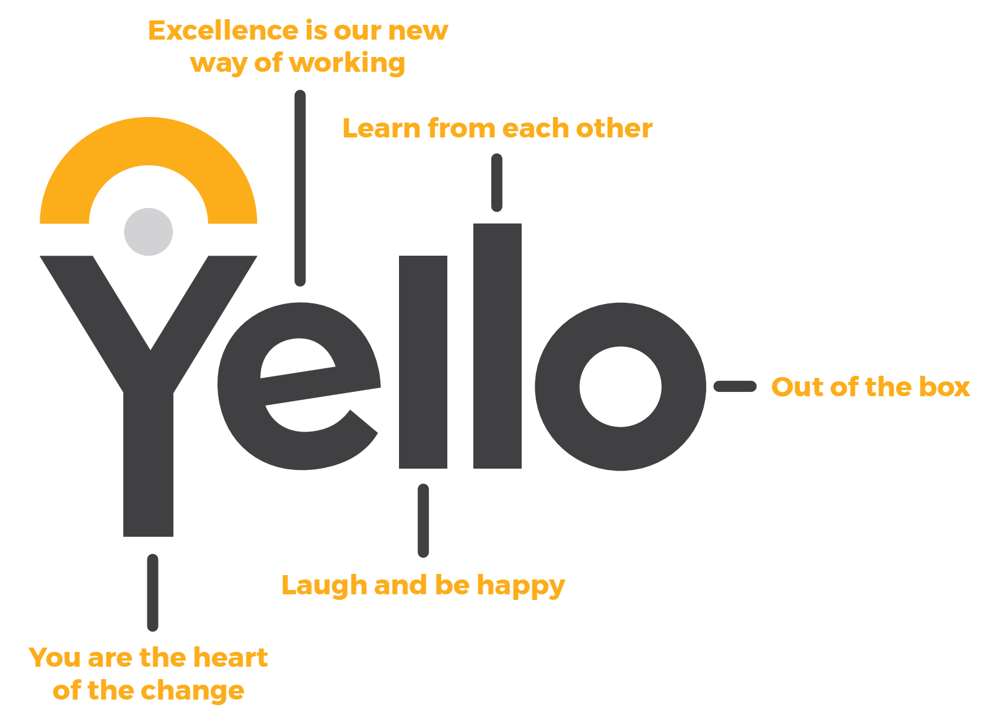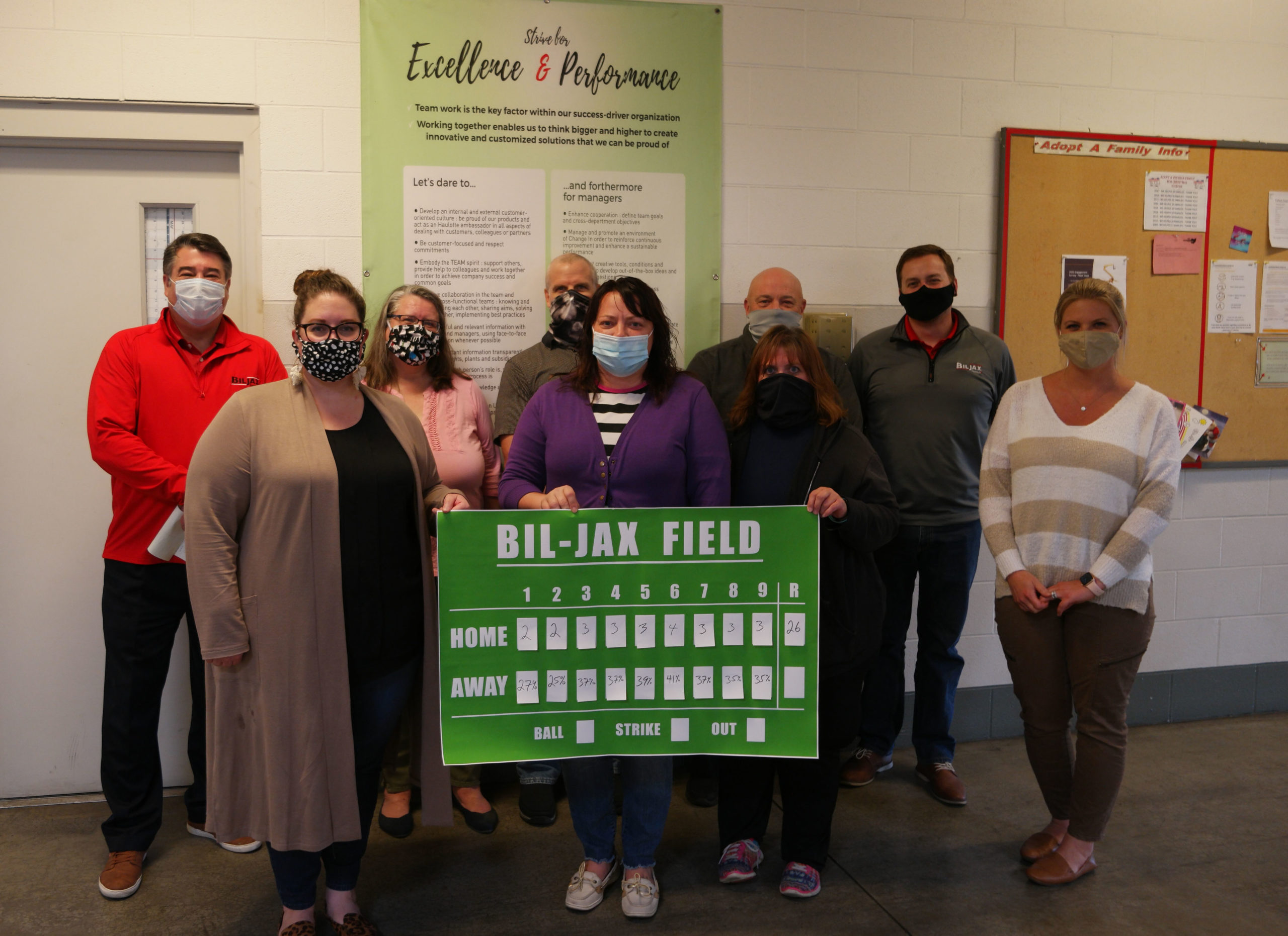Haulotte platforms at the Grenoble Street Art Festival
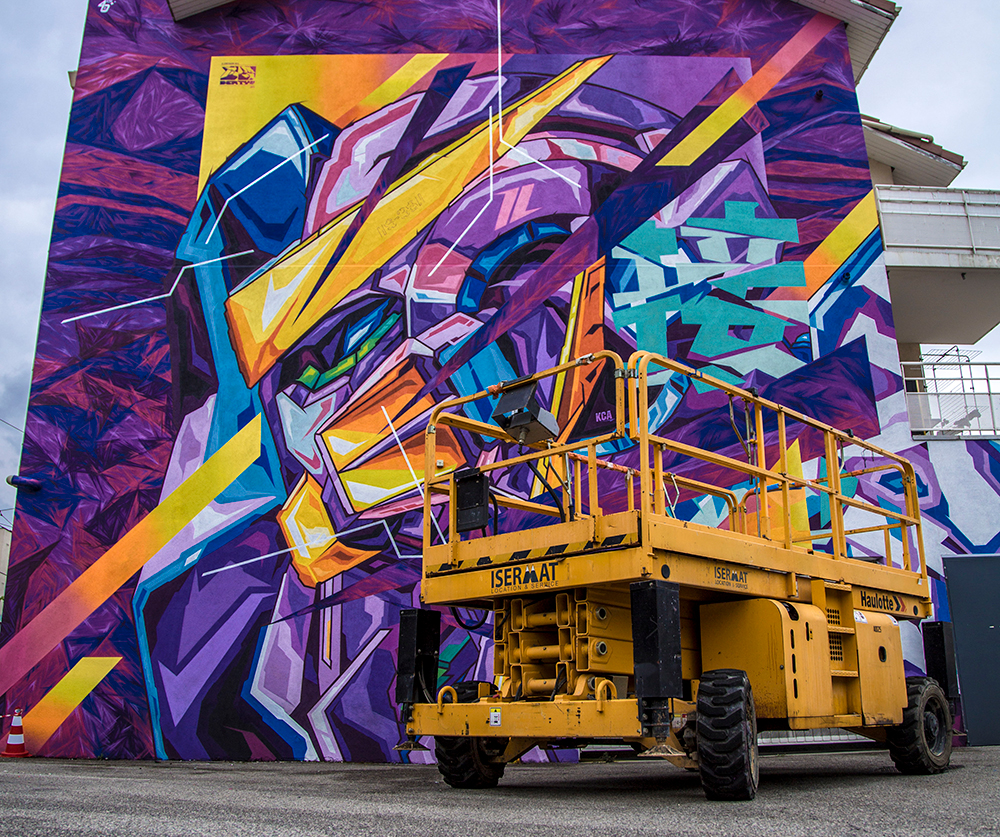
In scarcely ten years, Grenoble has established itself as France’s street art capital. The Grenoble Alpes Street Art Fest began in 2015 and has since changed the look of the city. No fewer than 335 artistic works today adorn the walls of the city and surrounding towns.

Every year in June, scores of local, national and international artists come together in Grenoble to display their creativity and talent on the urban landscape.
The curator Jérôme Catz, who founded the festival, exclaimed, “The idea was to set up permanent street art in the city center and not on the fringes where this type of art was usually relegated to. In eight years, we have created an authentic artistic legacy.”
No frescoes without aerial platforms
Larger-than-life artworks are designed by graffiti artists, stencilists, decorators and muralists, who paint giant works reaching dozens of meters high.
In October 2022, Guido van Helten, an Australian artist specializing in large-scale murals, gave a new look to the La Bruyère avenue when he painted a 50-meter high wall.
It is now the highest fresco in Grenoble. Of course, such a work of art needed nimble lifting devices.
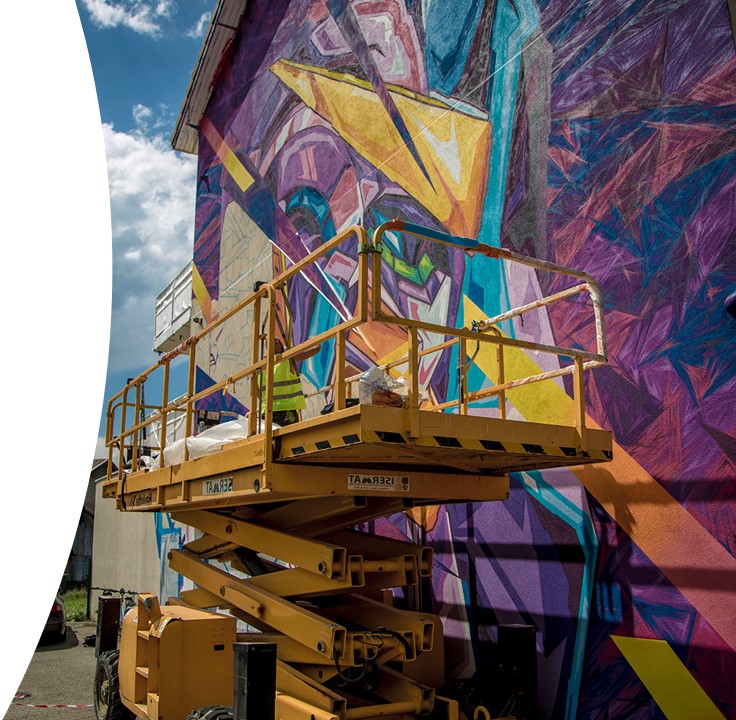
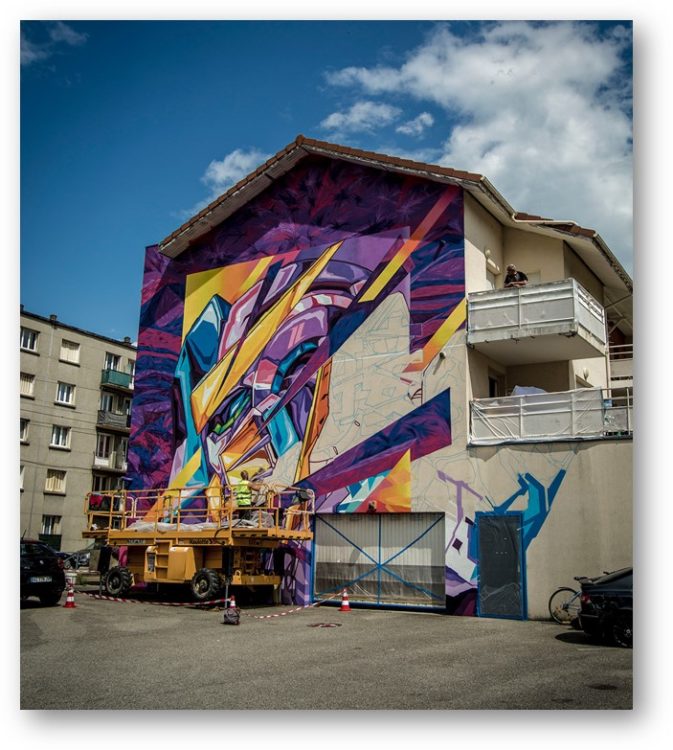
“A few decades ago, the first painted walls used scaffolds. For muralism, a branch of street art that developed in the 1990s, platforms became the tool of choice.
They vary in size and versatility and can be found almost anywhere,” the festival’s chair informed us.
The festival uses about twenty aerial platforms. The festival’s technical manager, Benoît Debauge, explained, “To choose them, I go to the site with the artist’s technical information to get dimensions. It can take about three hours to choose the right platform.”
The Grenoble-Alpes Street Art Fest requires many different solutions, from suspended platforms and scissors lifts to self-propelled lifts and heavy-weight aerial platforms.
Trained artists and teams
The technical manager added “The best situation is to have simple models, machines ready to go without other installation, which the artists can easily handle, like Haulotte’s HA16PX.
At the moment, we use diesel machinery for convenience, but hybrid platforms are useful for working during night. We also look for lifts with a good extensive reach.
With so many walls in Grenoble painted, those that are still available are the ones that are not so easy to reach.”

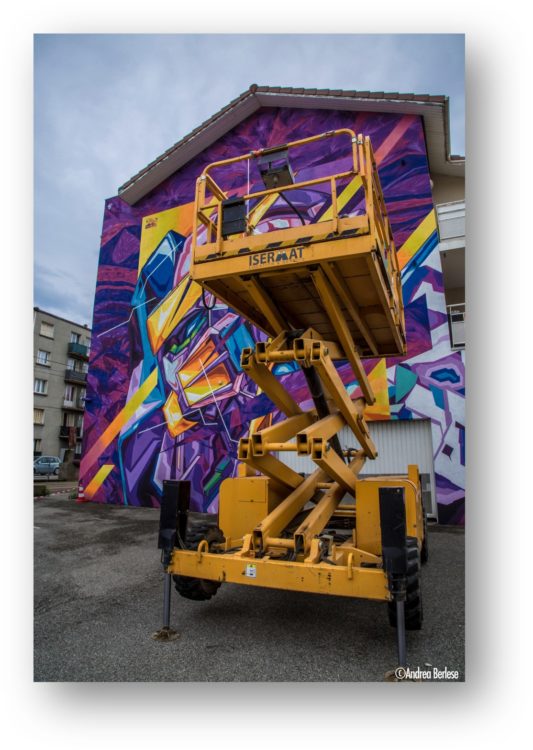
The festival has entered into partnerships with several machine hiring firms, including Loc Nacelles, which also takes care of CACES (Driver Safety Certificate) training or Network Proximity Work Permits.
“The festival’s teams have their CACES and we also train the artists so they can act independently and safely on the platforms,” Jérôme Catz stated.
“Volunteers are also trained. They are taught how to lower the platform from the base control box for example,” Benoît Debauge told us before adding “For artists to hold a CACES, it’s one more skill they have and a reassurance that they can create with peace of mind.”
Our platforms have a flourishing future in art!
Further reading
Three concrete examples of the YELLO program
USINE du CREUSOT _ L’équipe peinture joue la couleur YELLO En Octobre 2020, Les équipes Peinture du CREUSOT ont construit...
Bill-Jax Sales Team likes to play games
The Bil-Jax inside sales and finance team processes over 6,000 orders per year. Following up on new quotes from customers...
